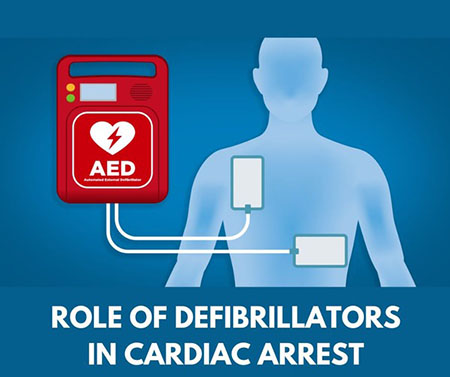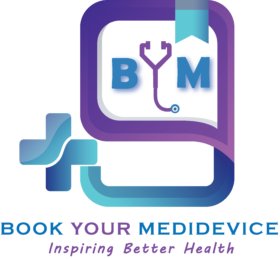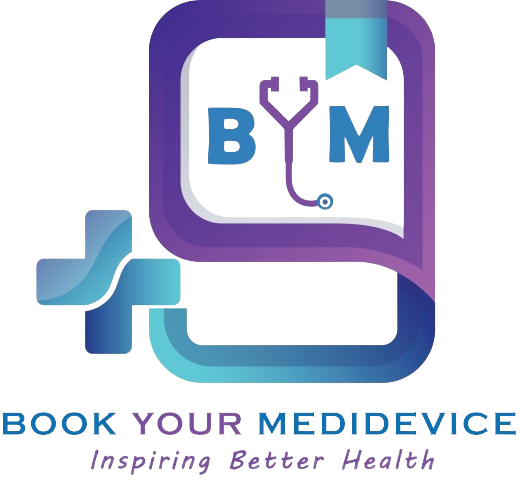Role Of Defibrillators In Cardiac Arrest
August 23, 2024 2024-08-23 7:23Role Of Defibrillators In Cardiac Arrest

Role Of Defibrillators In Cardiac Arrest
Sudden cardiac arrest (SCA) is one of the most urgent medical emergencies, responsible for hundreds of thousands of deaths each year worldwide. Unlike a heart attack, which involves a blockage of blood flow to the heart, SCA occurs when the heart’s electrical system malfunctions, leading to a life-threatening arrhythmia known as ventricular fibrillation (VF). During VF, the heart quivers ineffectively, unable to pump blood, and if not treated immediately, it leads to death within minutes. In this context, defibrillators play a crucial role in restoring normal heart rhythm and saving lives.
Understanding Sudden Cardiac Arrest
SCA can strike without warning, often in people with no prior history of heart disease. It can occur anywhere—at home, at work, or in public spaces—and without prompt intervention, it usually results in death. The critical factor in survival is time: for every minute that passes without defibrillation, the chances of survival decrease by approximately 10%. This stark statistic underscores the importance of defibrillators and their accessibility in public and private settings.
How Defibrillators Work
A defibrillator is a medical device designed to deliver a dose of electrical energy to the heart when a person is experiencing an SCA. The shock is intended to depolarize the heart muscle and stop the arrhythmia, allowing the heart’s natural pacemaker to restore a normal rhythm. The basic principle behind defibrillation is simple yet powerful: it gives the heart a chance to “reset” and resume effective pumping.
Types of Defibrillators
There are several types of defibrillators, each serving different purposes and designed for use in various settings:
- Automated External Defibrillators (AEDs):
- Purpose: AEDs are portable devices intended for use by laypeople with little or no medical training. They are commonly found in public places like airports, schools, sports facilities, and shopping malls.
- How They Work: AEDs are designed to be user-friendly, with voice prompts that guide the user through each step of the process. The device automatically analyzes the heart’s rhythm and decides whether a shock is necessary. If it detects a shockable rhythm, the AED charges and instructs the user to deliver the shock. AEDs are crucial in bridging the gap between the onset of SCA and the arrival of emergency medical services (EMS).
- Implantable Cardioverter-Defibrillators (ICDs):
- Purpose: ICDs are used in patients who are at high risk of SCA due to underlying heart conditions. These devices are surgically implanted inside the body, usually near the collarbone.
- How They Work: ICDs continuously monitor the heart’s rhythm. If a dangerous arrhythmia is detected, the ICD delivers a shock or a series of shocks to restore normal rhythm. In some cases, ICDs also provide pacing for less severe arrhythmias. ICDs are life-saving for individuals with severe heart conditions, providing constant protection against SCA.
- Wearable Cardioverter-Defibrillators (WCDs):
- Purpose: WCDs are external devices worn under clothing, designed for patients who are temporarily at risk of SCA but are not yet candidates for an ICD.
- How They Work: WCDs monitor the heart’s rhythm and deliver a shock if needed. They are typically used as a temporary measure for patients awaiting surgery or further evaluation. WCDs offer a non-invasive alternative to ICDs, allowing patients to remain protected while awaiting a more permanent solution.
- Manual External Defibrillators:
- Purpose: These devices are primarily used by healthcare professionals in hospitals and emergency medical settings.
- How They Work: Manual defibrillators allow for manual adjustment of the shock’s intensity and require more skill to operate. They are typically used in conjunction with advanced cardiac life support (ACLS) protocols.
The Importance of Defibrillators in Saving Lives
The presence and use of defibrillators, particularly AEDs, are integral to the chain of survival in cases of SCA. This chain includes early recognition of the emergency, prompt initiation of CPR, rapid defibrillation, and effective advanced care. Defibrillators are vital in this sequence because they are the only devices that can restore a normal heart rhythm during VF, which is the most common cause of SCA.
Time Sensitivity: The effectiveness of defibrillation is highly time-sensitive. If defibrillation is performed within the first few minutes of SCA, survival rates can be as high as 70%. However, these rates drop significantly with each passing minute. This is why AEDs are increasingly being installed in public areas and why more people are being trained to use them.
Accessibility: Making defibrillators accessible in public and private spaces is crucial. AEDs are designed to be easy to use, with clear instructions that allow even untrained bystanders to act quickly and effectively. Public access to AEDs has proven to save lives, especially in locations where large groups of people gather and where emergency services may take longer to arrive.
Education and Awareness: Increasing awareness about SCA and training more people in CPR and AED use is essential. Programs that educate the public on recognizing the signs of SCA, performing CPR, and using an AED can significantly improve survival rates. Many organizations offer CPR and AED training, and these skills can make the difference between life and death in an emergency.
Conclusion
Defibrillators are indispensable tools in the fight against sudden cardiac arrest. Whether in the form of AEDs, ICDs, WCDs, or manual devices used by healthcare professionals, these devices have the power to restore normal heart rhythm and save lives. The key to their effectiveness lies in accessibility, timely use, and public education. As technology advances and awareness grows, the role of defibrillators in emergency care will continue to expand, providing hope and a fighting chance for those struck by this sudden and often deadly condition.



